The 3 retail trends for 2024
Retail trends have changed a lot over the past year due to factors such as the war in Ukraine, the pandemic and artificial intelligence. And all of this has affected consumers, marking the new future of retail. It is vital to adapt to trends in the sector to ensure a successful 2024. These will be marked by sustainability, savings and the arrival of the new AI.
Discover the 3 retail trends for 2024!
1. Retail with the sustainable development goal
Consumers are increasingly aware of the importance of sustainability. Companies must also comply with more regulations in this respect. In order for the retail sector to follow the trends, it must have a sustainable development goal. We start with corporate sustainability…
Sustainable design: corporate operation
A great example of corporate sustainability is the department store chain TARGET. By 2025, they want 100% of the packaging they use to be recyclable, compostable or reusable with their TARGET-ZERO initiative. In 2022 they ensured that 22% of their packaging had a sustainable design.
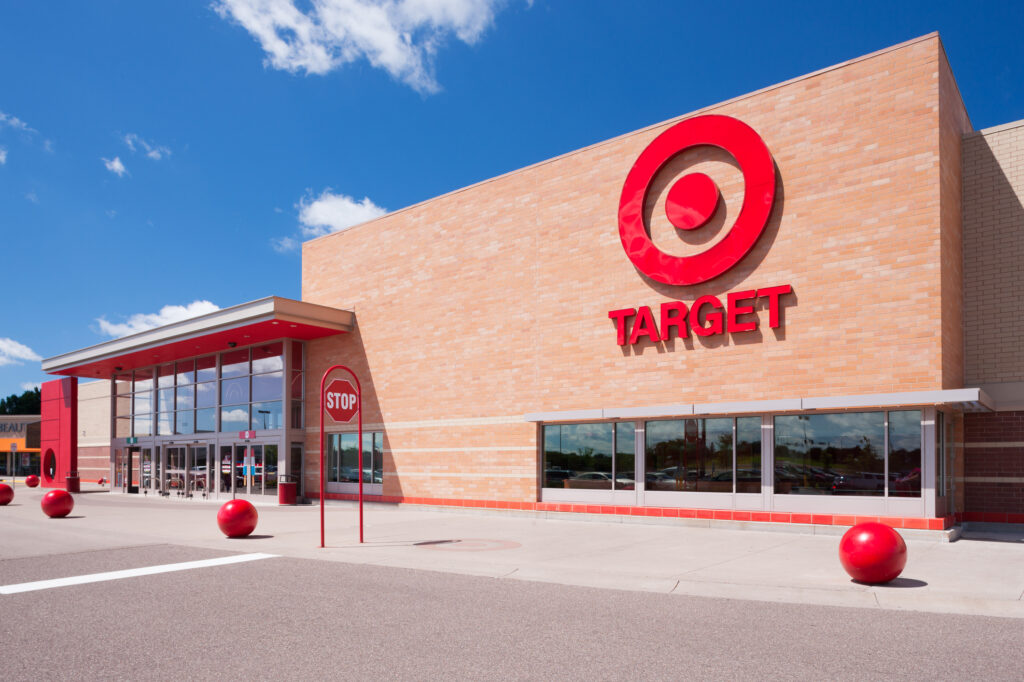
Responsible consumption: Collection and resale
According to GWI, 58% of consumers are prepared to pay more for a green product. The consumer’s intention is good, but the price should not be an impediment to their savings. This is where collection and the second-hand market comes from in the world of retail.
One of the first brands to address this situation by recycling clothing was H&M, starting in 2013. In 2020, its programmes managed to recycle 18,800 tons. Other brands such as Athleta and Fabletics have joined forces with ThredUp to promote resale by collecting clothing. Presently, customers can buy second-hand clothing of these brands from the official website.
By contrast, Primark Cares, founded in 2021, has a sustainable development goal, which includes repair shops in the United Kingdom with the motto Love It For Longer. The Irish chain has been a pioneer in sustainability in its sector, being the first to use paper bags made of 100% recyclable materials.
Faced though with an unstable economic situation, is sustainability compatible with savings?
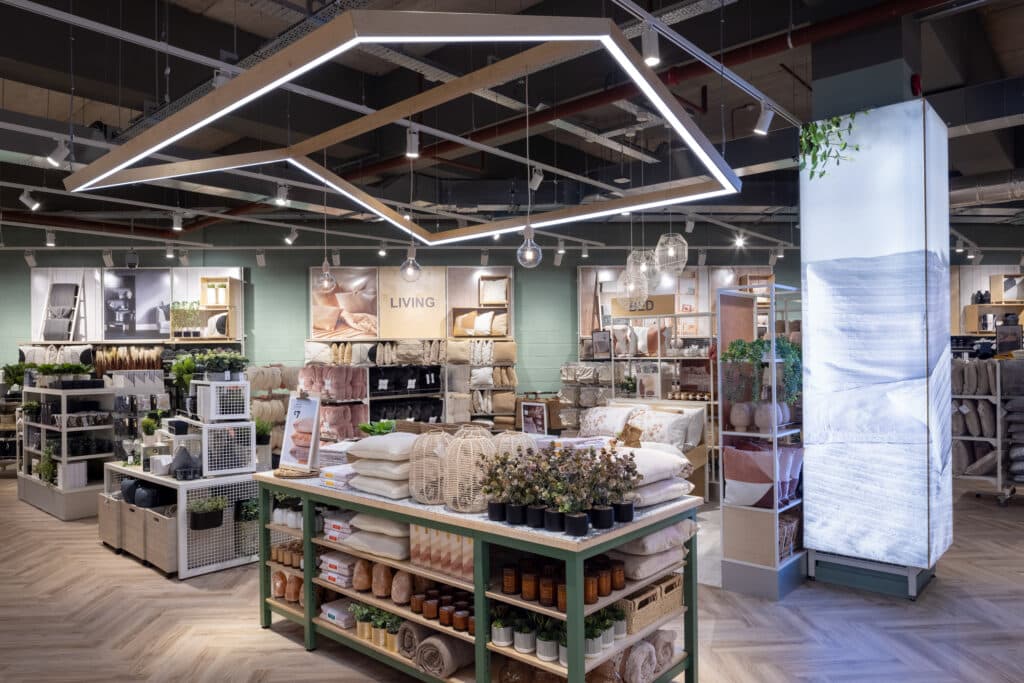
2. Sustainable savings: The next retail challenge
Until now, consumers have wanted to know the origin of their products, prioritising health and sustainability over affordability. However, the current economic situation is reversing this trend which will affect the sector more than ever in 2024.
The value of “Eco”
The current economic situation is causing the consumer to reassess the value of each need, and this is harming green products. But it is genuinely an opportunity in the future of retail.
The increase in prices of brands is evident when we look at food, resulting in a higher acceptance among consumers for alternatives. In fact, 8 out of 10 Generation Z Millennials prefer savings over sustainability. Extra value needs to be given to eco products so that consumers continue to purchase green brands.
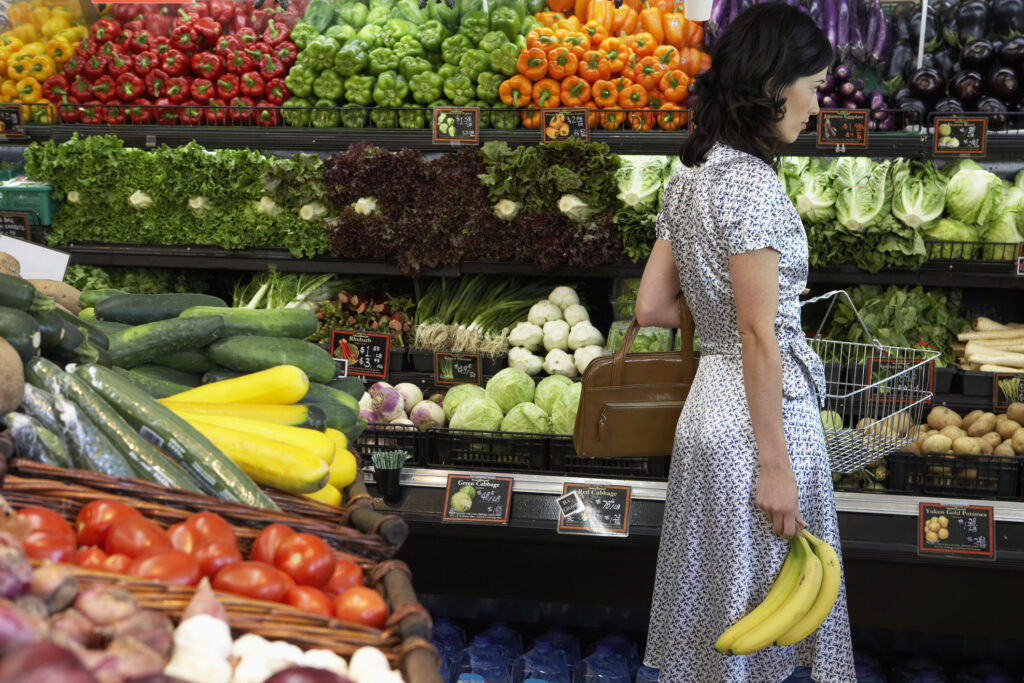
“Private labels” are chosen
The decline in purchasing power due to the crisis has reoriented retail, presenting new opportunities in the market. 73% of consumers state that the size of the packaging has been reduced for the same price, and 64% say that “private labels” match the quality of the competition. The IMF says that 90% of its respondents will continue buying “private labels” even if traditional brands lower their prices.
In 2024, it will be necessary to maintain affordability and focus on quality. But how will we purchase these green products in 2024? Will we opt for online or the physical store?
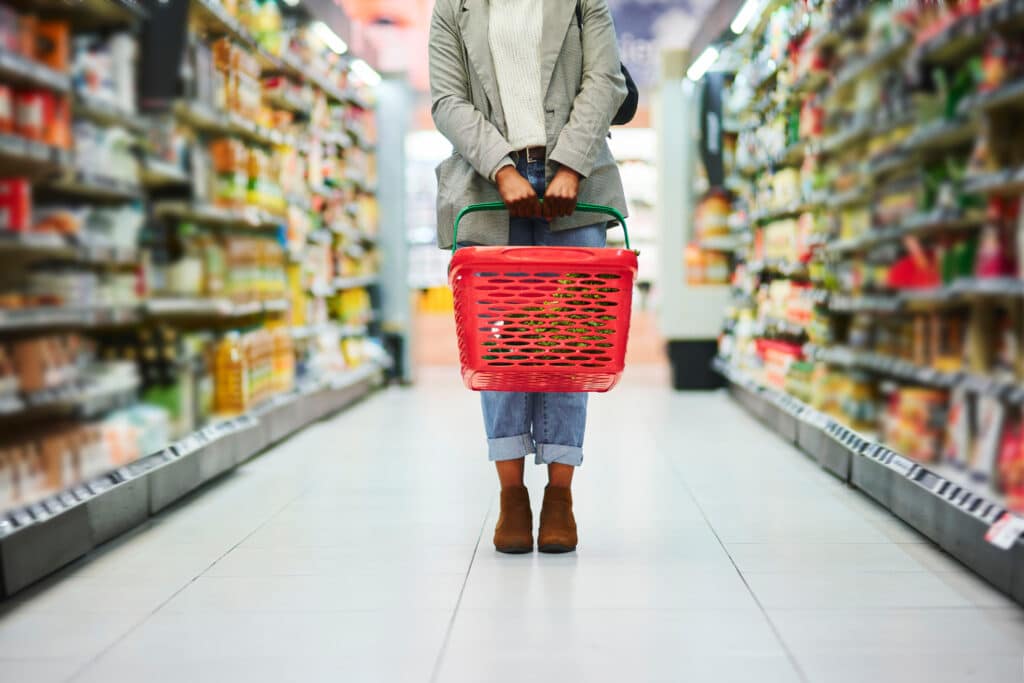
3. Technology, a new retail horizon
For most people, the first purchasing option is the Internet. In fact, younger generations are willing to pay additional costs in exchange for ultra-fast delivery. Is there no room for the physical store in the future of retail? Or is it another false apocalypse in the sector?
Physical store vs online:
According to a GWI, 59% of consumers prefer online purchasing to physical. The fact that 40 out of every 100 consumers still prefer to go to a store indicates that physical sales are still valid. In the case of younger people, 2 out of 5 Generation Z prefer the experience of shopping in a store. This tells us that we should focus on phygital.
Nespresso, for example, offers a complete brand experience. In the 2021-2022 Christmas campaign, they mixed their show windows with augmented reality. Another of the most popular actions was “Window to Farm”, part of the AAA Sustainable Quality Program, in which they worked together with Kendu. The aim of this campaign is to bring customers closer to the natural origin of the product, creating a unique atmosphere in their boutiques globally.
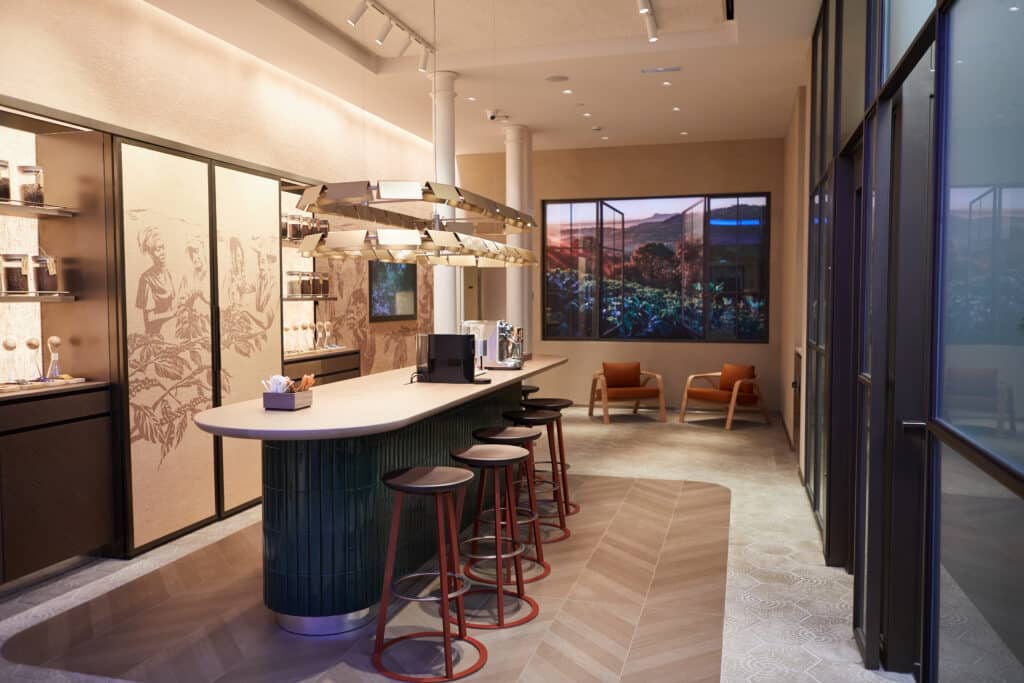
AI: The future of Retail
Although the news about artificial intelligence has been alarmist, the acceptance by new generations of AI is very positive. According to GWI, 65% of young people are excited by its progress and believe that it will benefit society.
The retail sector must seize this new opportunity, implementing this intelligence in diverse formats both online and in the store.
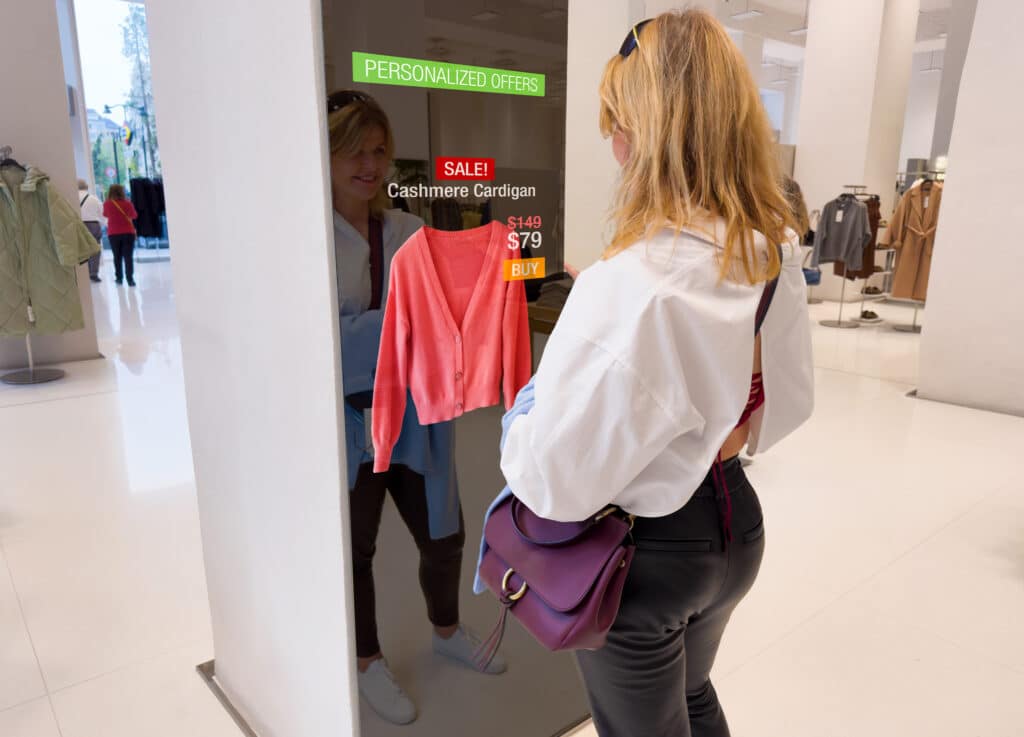
Here are the 3 retail trends for 2024. Do you think any of them are missing? We read you on our Instagram and LinkedIn.
Kendu News
The latest news from the retail sector. Trends, events, interviews, reports and much more.





